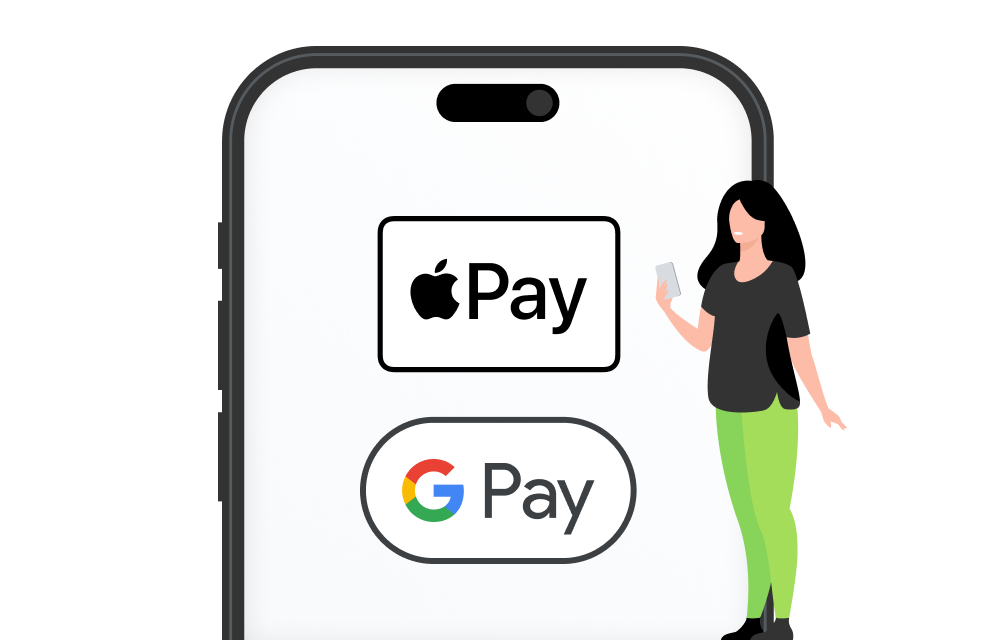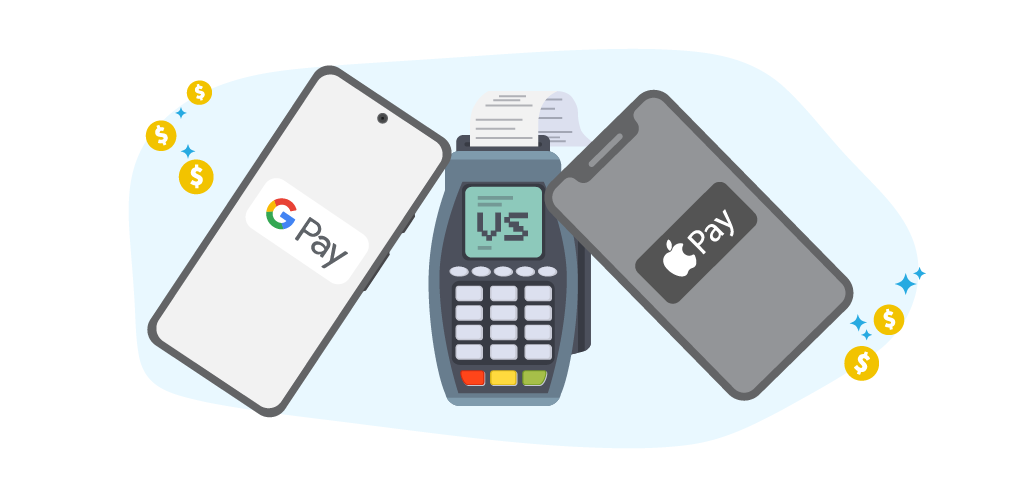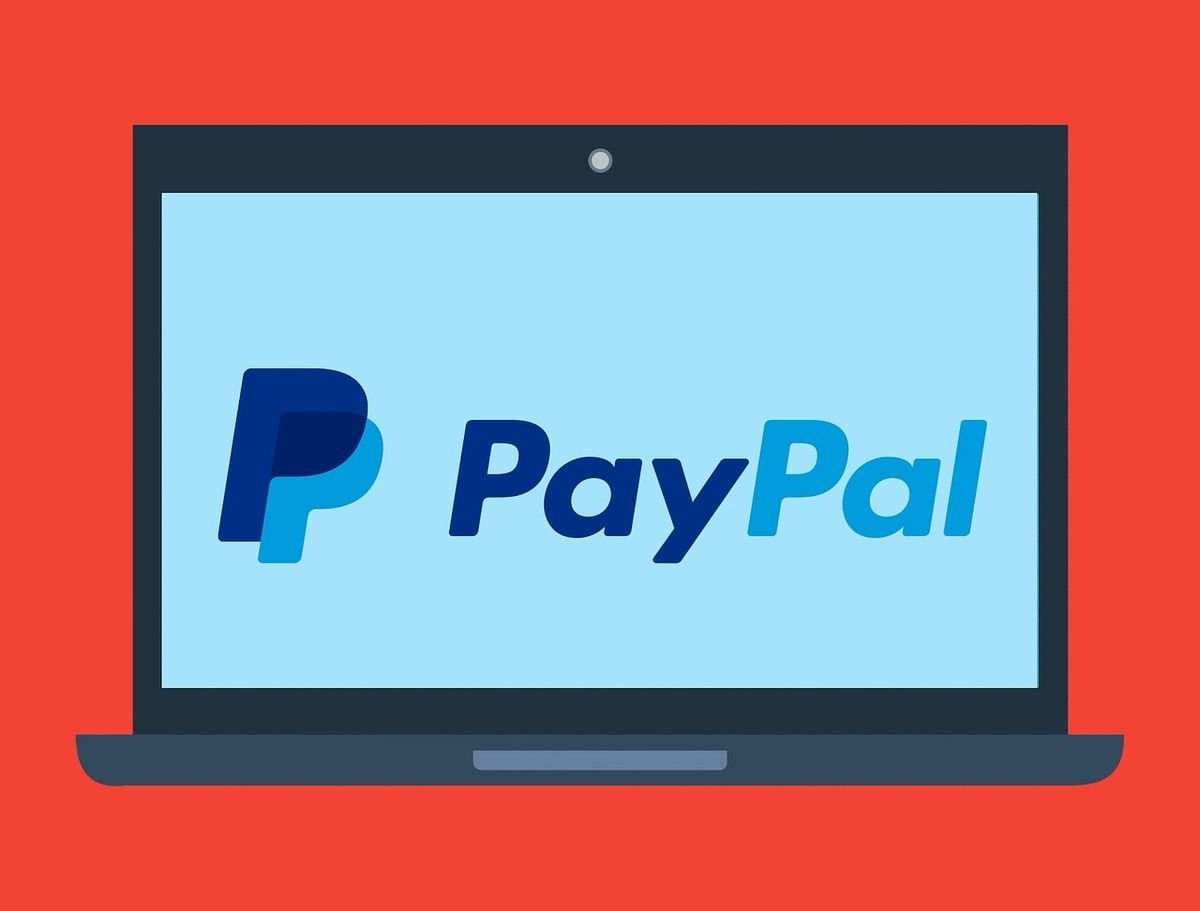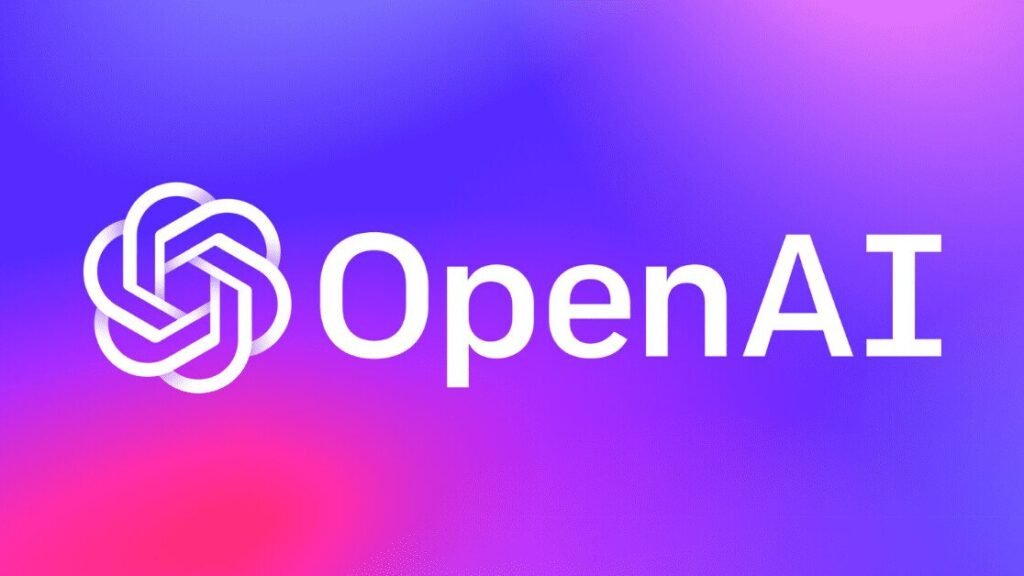Apple Pay vs Google Pay: Digital Wallets Comparison
Digital wallets have revolutionized the way we conduct transactions, making payments faster and more secure. They store payment information on mobile devices, allowing users to make transactions quickly without carrying physical cards.
The Rise of Digital Payment Options
The convenience of digital wallets has led to their widespread adoption. With the increasing reliance on mobile technology, digital wallets are becoming a staple in personal finance management, offering users the ability to manage their finances with just a few taps on their smartphones. Furthermore, the global pandemic accelerated the shift towards contactless payments, highlighting the importance of digital wallets in maintaining social distancing. As a result, businesses and consumers alike have embraced digital wallets, leading to an explosive growth in their usage.
Types of Digital Wallets
Digital wallets come in various forms, catering to different user needs and preferences. Some are device-specific, such as Apple Pay, which is exclusive to Apple’s ecosystem. Others, like Google Pay, offer cross-platform compatibility, making them accessible to a broader audience. Additionally, there are cryptocurrency wallets designed for managing digital currencies, and loyalty card wallets that store reward program information, further expanding the functionalities of digital wallets.
Benefits of Using Digital Wallets
Using digital wallets offers numerous advantages, including enhanced security, convenience, and speed. Transactions made through digital wallets are typically encrypted, reducing the risk of fraud and unauthorized access. Moreover, digital wallets eliminate the need to carry multiple physical cards, streamlining your wallet and reducing clutter. The ability to integrate with other financial management apps allows for a holistic view of personal finances, making budgeting and expense tracking more efficient.
Apple Pay: Seamless Integration with Apple Ecosystem
Apple Pay is a digital wallet service provided by Apple Inc., designed to enable users to make payments in a secure and private manner. It’s integrated into the Apple ecosystem, making it a natural choice for iPhone, iPad, and Apple Watch users.
Key Features of Apple Pay
- Ease of Use: Apple Pay is built into iOS devices, allowing users to add their cards to the Wallet app easily. With a simple tap, you can pay in stores, apps, and on the web. The intuitive design ensures that even first-time users can navigate the setup process effortlessly, enhancing the overall user experience.
- Security and Privacy: Apple Pay uses a device-specific number and unique transaction code. Your card number is never stored on your device or Apple servers, making it a secure way to pay. This system ensures that even if the device is compromised, your actual card information remains protected from potential breaches.
- Wide Acceptance: Apple Pay is accepted in a vast number of locations worldwide, including major retailers and online platforms. Its growing acceptance is fueled by partnerships with numerous banks and financial institutions, ensuring that users can rely on it for a broad range of transactions.
Advantages of Using Apple Pay
Apple Pay’s integration with Apple’s ecosystem provides a seamless experience for users invested in Apple’s products. The enhanced security features, such as Face ID and Touch ID, add an extra layer of protection to your transactions. This biometric authentication not only secures the payment process but also adds convenience by eliminating the need for passwords or PINs. Additionally, Apple Pay supports Apple Cash, allowing users to send and receive money through iMessage, further enhancing its versatility. The availability of Apple Card, a credit card backed by Apple, offers additional benefits like cashback rewards and detailed spending insights, making Apple Pay a comprehensive financial tool for Apple users.
Google Pay: Versatility Across Platforms
Google Pay is Google’s digital wallet platform and online payment system that enables users to make payments with Android phones, tablets, or watches. It combines the features of Android Pay and Google Wallet into a unified service.
Key Features of Google Pay
- Cross-Platform Compatibility: Google Pay works on a variety of devices, including Android and iOS, making it accessible to a broader audience. This flexibility ensures that regardless of your device preference, you can benefit from Google Pay’s features without any compatibility issues.
- User-Friendly Interface: Google Pay offers a straightforward interface, allowing users to manage their payment methods and view transaction history easily. The app’s design is intuitive, with a clear layout that guides users through each step of the payment process, making it ideal for users of all technological proficiencies.
- Rewards and Offers: Google Pay often provides users with offers and rewards for using the service, adding value to the platform. These promotions can range from cashback incentives to discounts at partner retailers, encouraging users to engage more frequently with the app.
Advantages of Using Google Pay
Google Pay’s versatility is one of its greatest strengths. It supports multiple platforms and integrates with various Google services, such as Gmail and Google Assistant, making it a convenient option for users familiar with Google’s ecosystem. The integration with Google services allows for seamless experiences, such as paying for services directly through Gmail or using Google Assistant to conduct transactions hands-free. Additionally, Google Pay’s partnership with numerous retailers and financial institutions ensures a wide acceptance, making it a reliable choice for diverse payment needs. The app’s ability to store loyalty cards and boarding passes further adds to its utility, positioning Google Pay as a comprehensive digital wallet solution.
Security: How Safe Are These Digital Wallets?
Security is a top priority for both Apple Pay and Google Pay, as they handle sensitive financial information. Let’s explore how each platform ensures the safety of its users.
Apple Pay’s Security Measures
- Tokenization: Apple Pay uses tokenization to replace your card details with a unique identifier, reducing the risk of card information theft. This system makes sure that if transaction data is intercepted, the real card information stays safe. Unauthorized parties cannot use it.
- Biometric Authentication: With Face ID and Touch ID, Apple Pay ensures that only the device owner can authorize transactions. This biometric layer adds a personalized security measure, enhancing the protection of your financial data without compromising convenience.
- End-to-End Encryption: All transactions made via Apple Pay are encrypted, protecting your data from unauthorized access. This encryption extends from the initial transaction through to the final payment processing, ensuring complete confidentiality and integrity of your financial information.
Google Pay’s Security Features
- Fraud Detection: Google Pay employs machine learning to detect and prevent fraudulent transactions, adding an extra layer of security. This technology continuously analyzes transaction patterns to identify anomalies, helping to safeguard users against potential fraud.
- PIN and Biometric Lock: Users can secure their Google Pay app with a PIN or biometric lock, ensuring that only they can access their payment information. This dual-layer security approach provides flexibility and peace of mind, catering to diverse user preferences for authentication.
- Cloud-Based Security: Google Pay stores your payment information on secure Google servers, protecting it from unauthorized access. The use of advanced security protocols ensures that your data remains safe, with constant monitoring for any potential threats or breaches.
Usability and User Experience
When comparing digital wallets, usability is a significant factor to consider. Both Apple Pay and Google Pay offer intuitive interfaces, but they cater to different user bases.
Apple Pay User Experience
Apple Pay is designed for Apple device users, offering a streamlined experience within the Apple ecosystem. Its integration with iOS apps and services provides a smooth and consistent user experience. The seamless interaction between Apple Pay and other Apple apps, such as Safari and Messages, enhances the convenience of making payments or sending money to contacts. Additionally, Apple Pay’s support for contactless payments in stores and online purchases ensures a versatile and efficient payment process, catering to various user needs.
Google Pay User Experience
Google Pay’s cross-platform compatibility makes it accessible to a wider audience. Its clean and straightforward interface ensures that users can easily navigate the app and manage their payments efficiently. The integration with Google’s ecosystem, like Google Assistant and Maps, offers extra conveniences. You can pay for transit or find nearby deals easily. Also, the app combines different payment methods, loyalty cards, and offers into one place. This makes managing your finances simpler and improves the overall user experience.
Accessibility and Support
Both Apple Pay and Google Pay prioritize accessibility, offering support for users with diverse needs. Apple Pay’s VoiceOver support ensures that visually impaired users can navigate the app and conduct transactions with ease. Similarly, Google Pay’s integration with Android’s accessibility features, such as TalkBack, provides an inclusive user experience. Both platforms offer comprehensive support resources, including FAQs, tutorials, and customer service, ensuring that users can resolve issues quickly and efficiently.
Which Digital Wallet Is Right for You?
Choosing between Apple Pay and Google Pay largely depends on your device preferences and ecosystem. If you’re deeply embedded in the Apple ecosystem, Apple Pay might be the more convenient choice. Its seamless integration with iOS devices and exclusive features like Apple Cash cater to users who prefer a cohesive experience within Apple’s suite of products. However, if you use a mix of devices or prefer Google’s services, Google Pay offers flexibility and versatility. Its ability to work on different platforms and connect with Google’s services makes it a great choice for users. In the end, pick a digital wallet that fits your personal needs and tech preferences. This way, it will improve your daily financial transactions.
Conclusion: Making the Right Choice
Both Apple Pay and Google Pay provide robust digital wallet solutions with strong security measures and user-friendly interfaces. Your choice should align with your device usage and personal preferences. Consider the features and advantages of each to determine which digital wallet best suits your needs. By knowing what these digital payment options can do, you can make a smart choice. You will enjoy the convenience and security of digital wallets. Digital payments are changing. It’s important to stay updated on new features and security improvements. This will help you use your digital wallet more effectively. You can choose digital payments for different reasons. If you want a specific system, Apple Pay is a good option. If you need flexibility, Google Pay is a great choice.























